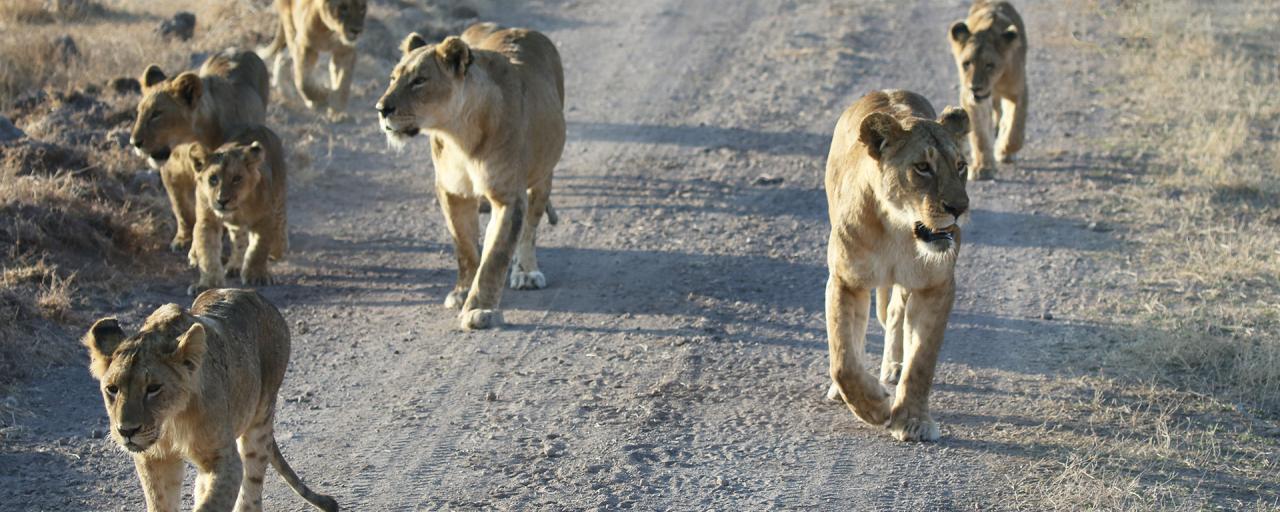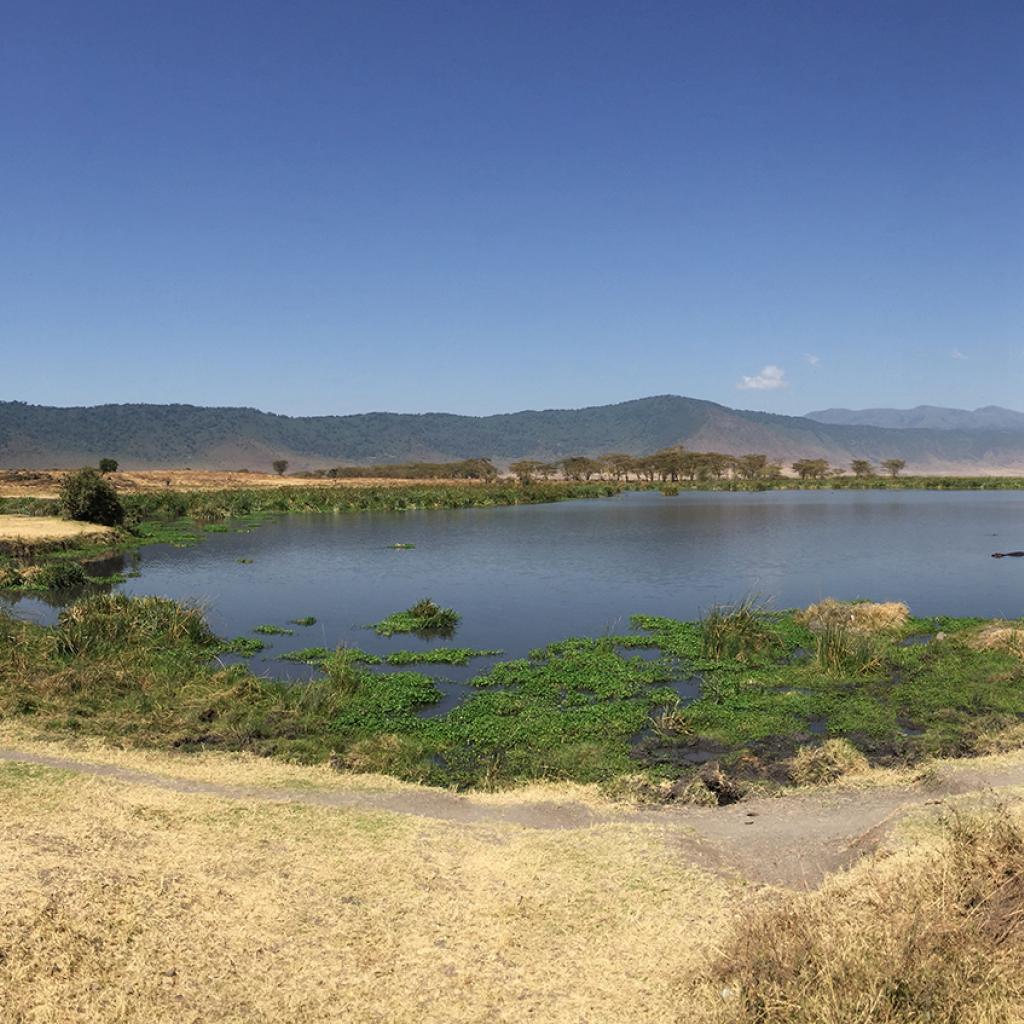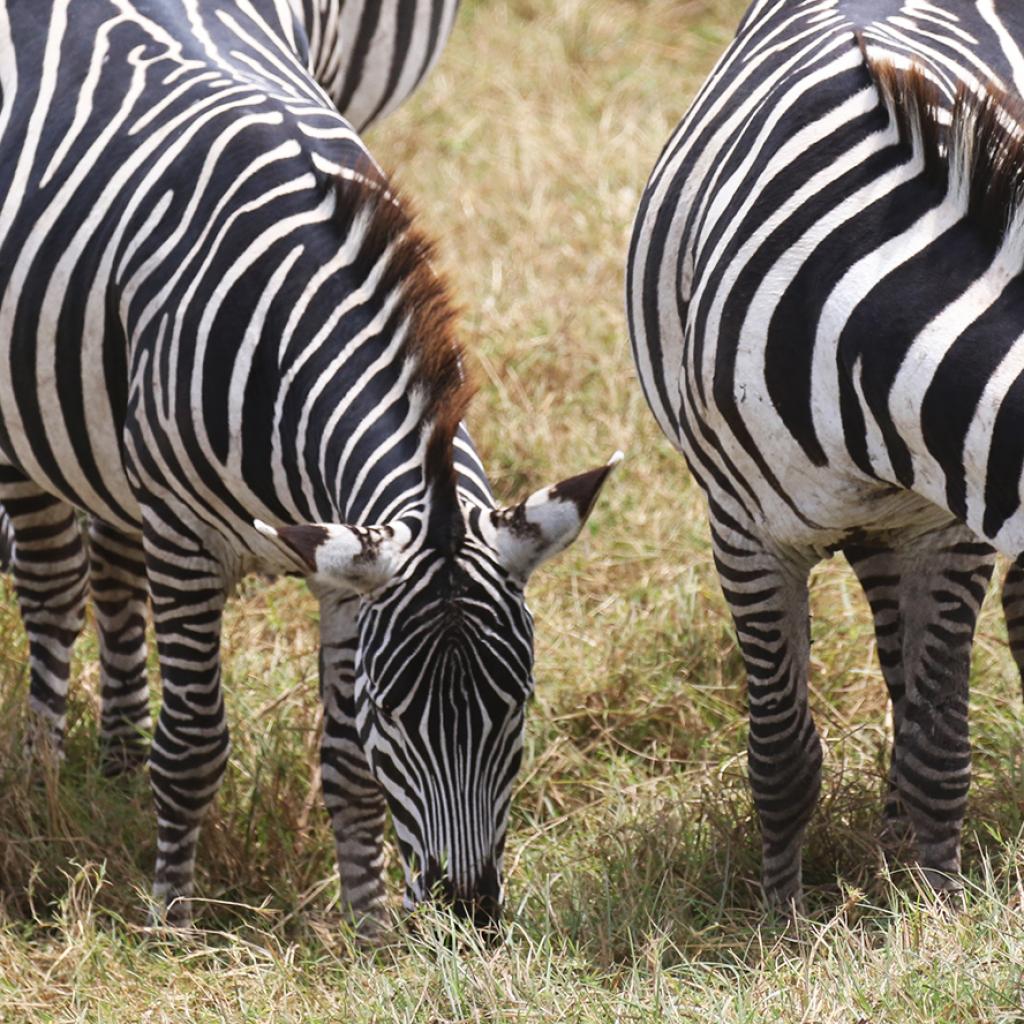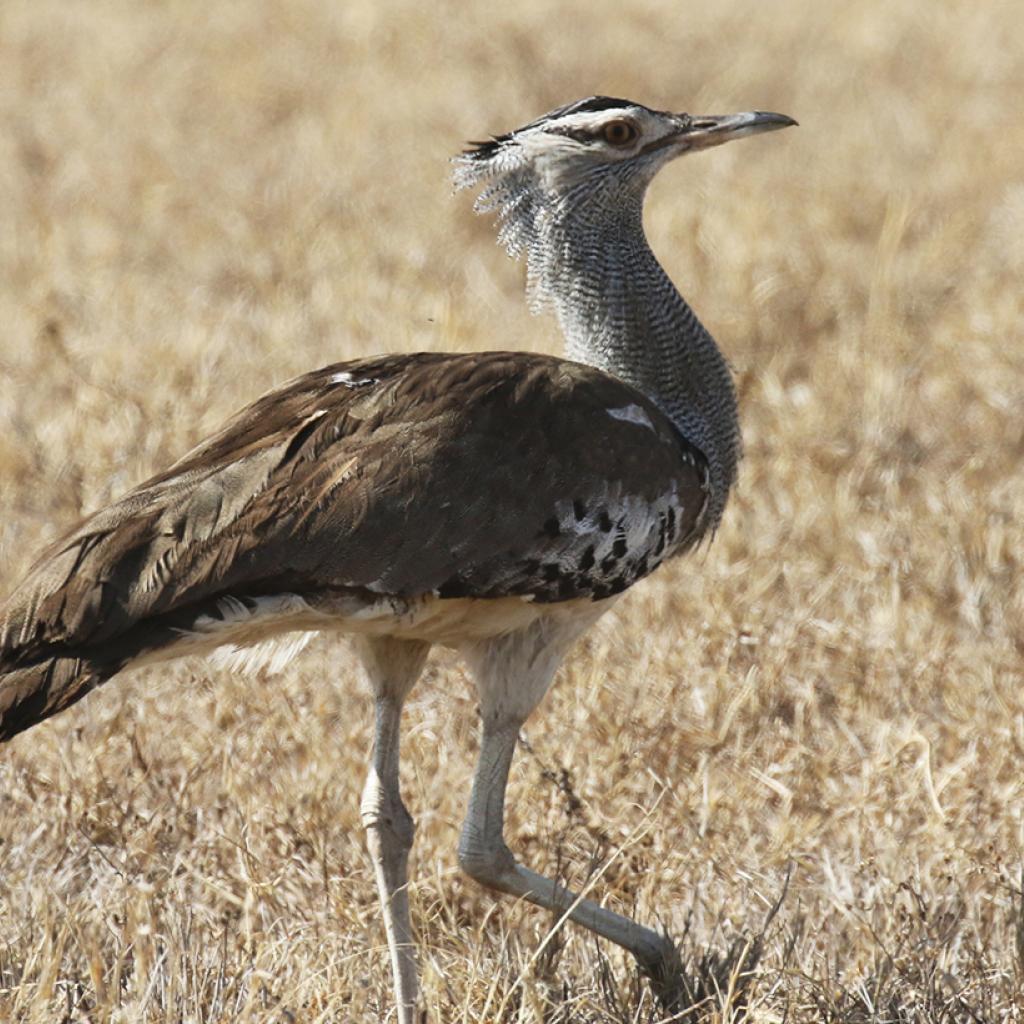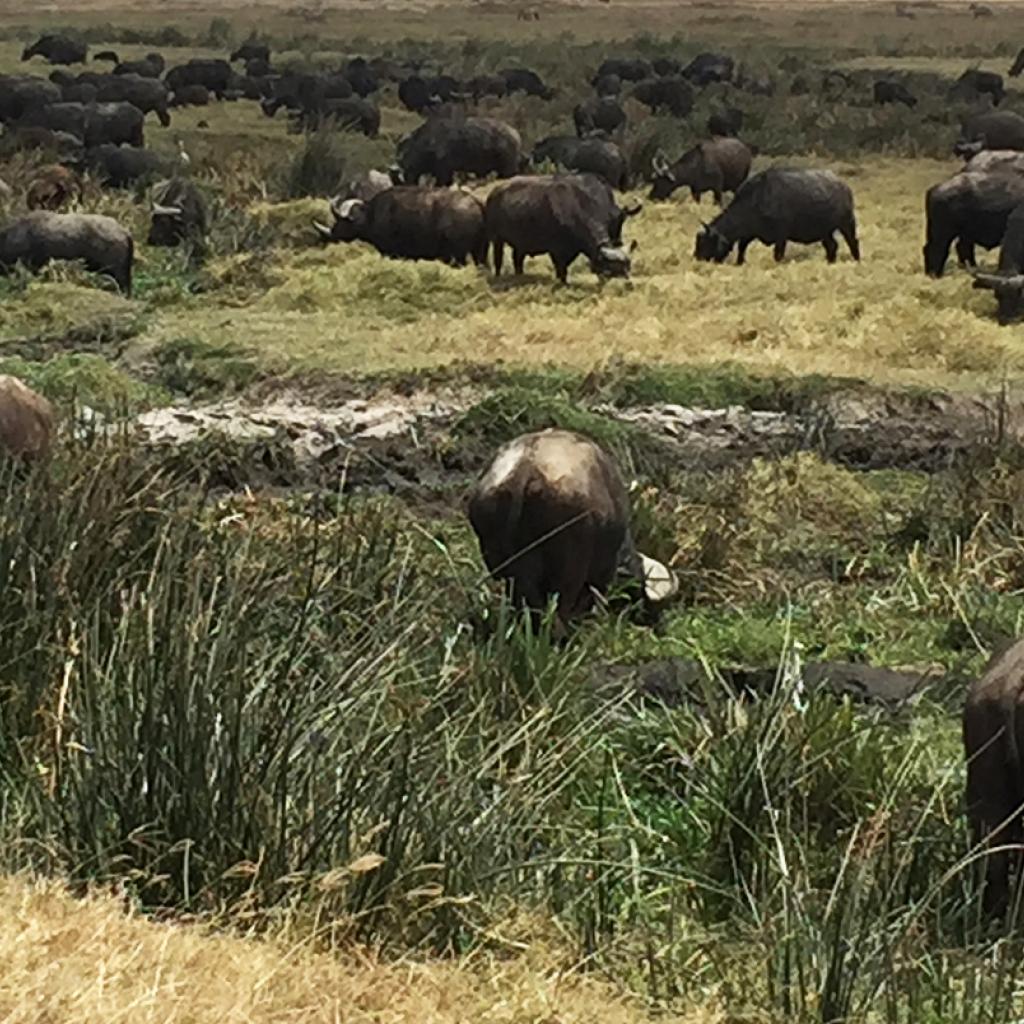The Ngorongoro Conservation Area covers a surface of 8,300 sq. km in Northern Tanzania, to the East of the Serengeti National Park and to the West of the Great Rift Valley escarpment.
Unlike national parks in Tanzania, that are managed by the TANAPA authority, this area is ruled by the Ngorongoro Conservation Area autority that allows indigenous populations, such as the Maasai, to live inside the area, though with a few restrictions.
The Ngorongoro Conservation Area was declared a World Heritage site by UNESCO in 1979 because of its beauty and the uniqueness of its ecosystem.
The main places of interest in the NCA (Ngorongoro Conservation Area) are:
- Ngorongoro Crater
- Eastern Highlands
- Southern Highlands
- Northern Plains
The Ngorongoro Crater is the world’s largest unbroken, un-flooded caldera formed when a giant volcano collapsed some three million years ago; the microclimate inside the crater forms the ideal habitat for numerous animal and vegetable species, a true heaven on earth.
Inside the crater there is the savannah, small marshy areas, a salty lake and some forests of yellow acacia, a variety that contributes to the survival of numerous animal species inside the caldera.
The slopes of the crater are covered with a dense forest that is home to numerous animals and, due to the difference in temperature between the bottom of the crater and the summit of the walls and the surrounding area, the forest is the cause of the constant fog forming along the rim of the crater.
A day-long visit inside the crater is an experience not to be missed and there are extraordinary possibilities of spotting animals; the only drawback is the jeep traffic along the two roads leading down to the crater, especially in the early morning, in the picnic areas and close to sighting spots.
To the East of the Ngorongoro Crater there are the Eastern Highlands, an area often overlooked by visitors, that is a pity because it is a place of exceptional beauty and it definitely deserves a visit.
Leaving the Ngorongoro Crater, the Lemala Road takes you to a remote area, where you can admire the craters of extinct volcanos and visit Masai villages.
Continuing along the dirty road, you come to the Olmoti Crater, that is smaller than the Ngorongoro Crater but equally fascinating; the bottom of the crater is home to numerous animal species and its slopes are covered with forests; from here, following the old Masai track, you can reach the rim of the crater and go down inside it to discover endemic flora and fauna.
Driving along the main road, you come to the Empakaai Crater, a smaller crater compared to the Ngorongoro Crater, but it contains a true gem: a salty lake that covers almost half of the surface of the bottom of the crater.
A trekking excursion offers the opportunity of reaching the rim of the crater, from where you can enjoy magnificent views not only of the bottom of the crater but also of the nearby active Ol Doinyo Lengai volcano, the sacred mountain to the Maasai and, in a clear day you can admire the Mount Kilimanjaro and the Natron Lake; from the rim you can walk down inside the crater by trekking.
This area is out of the beaten track and it is difficult to encounter other visitors, this helps to make a visit to the Eastern highlands, a truly unique experience.
While driving along the road on the Southern rim of the Ngorongoro Crater to the West, you can reach the Southern Highlands; another area offering stunning views, though it is rarely included in sightseeing tours.
Here you can climb the Mount Lemagarut, a mountain 3,147 m. high above sea level, and you need to be properly trained and knowledgeable, but the efforts are amply rewarded by spectacular views from the top; the landscape ranges from the endless plains of the Serengeti National Park to the Ngororongo Crater and the Lake Eyasi.
The road continues up to the Irsimigiyo hills and passes through a series of Masai villages that can be visited and where it is quite common to encounter Maasai young boys leading the cattle grazing or women colleting wild herbs and roots.
You can also venture out on a walking safari, accompanied by an experienced armed ranger, up to the rim of the Western Great Rift Valley escarpment, from where you can enjoy a magnificent view of the Lake Eyasi and the plain, that is the land of the Datoga and the Hadzabe.
Moving to the North you can reach the Northern Plains, that are part of the Ngorongoro Conservation Area from an administrative point of view but geographically belong to the Serengeti ecosystem.
Here herds of wildebeests and zebras gather every year from December to March to feed on the highly nourishing grass growing on this rich volcanic soil and give birth to cubs who, once weaned, will embark on the journey of their life that will lead them through the Serengeti National Park up to Kenya in the Masai Mara National Reserve.
In the Westernmost area there are the salty lakes of Ndutu and Masek, that are surrounded by marshes and a wooded area where numerous animals live, many of whom reside there all year round.
This is also home to one of the world’s most important archaeological sites: the Olduvai Gorge, where the remains of hominids from different eras have been found and have helped palaeontologists to re-write part of the history of man.
Not far away is another site, Laetoli, where the footprints of hominids dating back to 3 million years ago have been found - another exceptional discovery; the footprints, however, are not visible because they have been covered to protect them from atmospheric agents and corrosion.
To the North of the Olduvai Gorge you can admire the Shifting Sands, anthracite-coloured dunes that are shaped and moved by the winds that blow in this area; the uniqueness feature of these dunes is that the sand remains compact and does not get dispersed because it is electromagnetic.
Visitors often cross this area during their journey from or to the Serengeti National Park without stopping, indeed staying here a couple of hours, even when it is not the Migration time, could reveal pleasant surprises.
The main places of interest in the NCA (Ngorongoro Conservation Area)
- Ngorongoro Crater
- Eastern Highlands
- Southern Highlands
- Northern Plains


